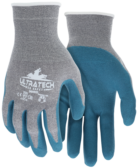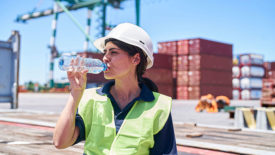PPE
ADVERTISEMENT
What’s Changed, What’s New and What Matters
Read More
Cover Story
How to choose and maintain the best arc flash clothing for the job
August 15, 2022
Gaining momentum: Restricting & banning 'forever chemicals'
PFAS have varying degrees of toxicity
August 4, 2022
Cover Story
8 steps to a winning heat safety plan
Together, 30 experts create actionable solutions to reduce injuries
July 12, 2022
Never miss the latest news and trends driving the safety industry
eNewsletter | Website | eMagazine
JOIN TODAYCopyright ©2024. All Rights Reserved BNP Media.
Design, CMS, Hosting & Web Development :: ePublishing
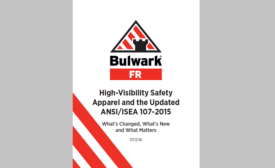
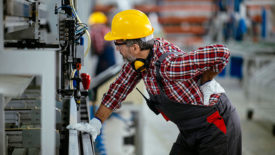
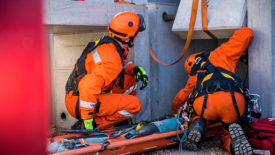
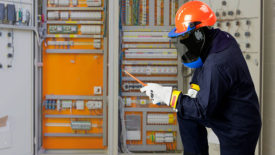
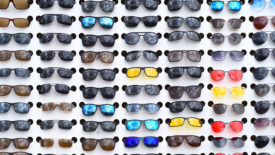


![Womens_sizing_NR_HI-RES_900x362[1].jpg Womens_sizing_NR_HI-RES_900x362[1].jpg](https://www.ishn.com/ext/resources/2022/08/04/Womens_sizing_NR_HI-RES_900x362%5b1%5d.jpg?height=168&t=1659651543&width=275)
